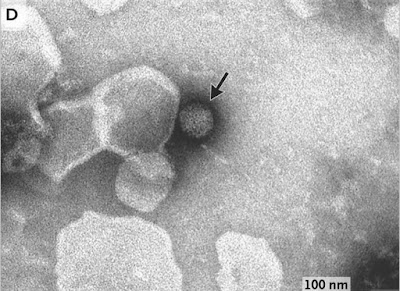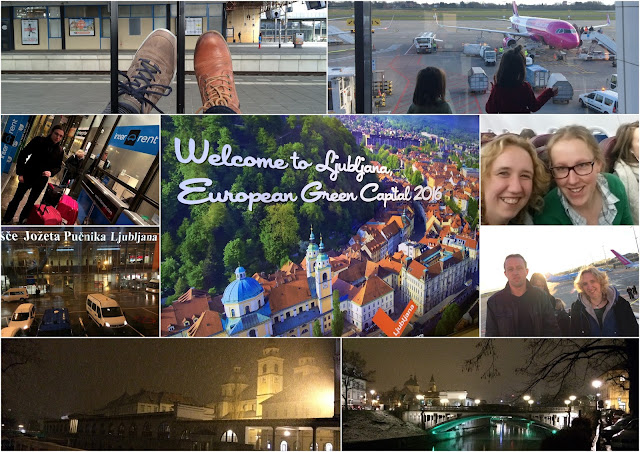Before leaving for Slovenia, I did an
internship at the University Hospital in Brussels. The story of one of my
clients, who was pregnant and wanted to go on a holiday to the Caribbean, triggered
me to delve into the recent and rapid spread of Zika-virus in large parts of
Latin America, and its possible link with microcephaly in young children.
As it now turns out, the Zika-virus made it to
Ljubljana before I did. Contributing to the growing body of literature on the
matter, a group of scientists of several departments of the University of
Ljubljana and the University Medical Center Ljubljana (UMCL) published a case
report of a probable vertical transmission of the virus earlier this month, in The New England Journal of Medicin.
Their case concerns a 25-year-old woman who had
been working in the North-Eastern part of Brazil between December 2013 and
October 2015. Upon returning, she was 28 weeks pregnant and came to the UMCL
out of fear that there may be fetal anomalies. When she was 13 weeks pregnant, she
had fallen ill, showing symptoms (such as high fever and a maculopapular rash)
of infection with the Zika-virus. This was in fact suspected, but she wasn’t
tested for the virus. Ultrasounds at 14 and 20 weeks had shown no signs of
anomalies in the fetus.
Ultrasounds at 29 and 32 weeks however, did, in
particular intrauterine growth retardation, microcephaly, and calcifications both
in the placenta and in the brain. Hereupon the woman applied for termination of
the pregnancy, for which she was granted permission.
 |
| Particle with morphologic characteristics of a flavivirus (derived from Mlakar et al., 2016) |
An extensive
autopsy was done, and one of the things that was found in the subsequent testing, was a particle with characteristics of a flavivirus in the brain tissue (see the image above). Other (flavi)virusses were ruled out, and the brain tissue tested positive for Zika-virus in RT-PCR, thus adding to the suspicion that the virus might cause microcephaly. In
an editorial, The New England Journal of
Medicine writes that the Slovenian report “helps to strengthen the
biologic association” between the two; so far, the association was mostly “epidemiologically
associated in time and geography”.
Want to
read more?
The report:
Mlakar, J.,
Korva, M., Tul, N., Popovic, M., Poljsak-Prijatelj, M., Mraz, J. et al. (2016).
Brief report - Zika Virus Associated with Microcephaly. New England Journal of Medicine. DOI: 10.1056/NEJMoa1600651. It can be read here.
The
editorial:
Rubin, E.,
Greene, M., Baden, L. (2016). Editorial – Zika Virus and Microcephaly. The New England Journal of Medicine. DOI: 10.1056/NEJMe1601862. It can be read here.
The American
Centres for Disease Control reported on “evidence of a link between Zika virus
infection and microcephaly and fetal demise” on February 18:
Martines,
R., Bhatnagar, J., Keating, M., Silva-Flannery, L., Muehlenbachs, A., Gary, J.
et al. (2016). Notes from the Field: Evidence of Zika Virus Infection in Brain
and Placental Tissues from Two Congenitally Infected Newborns and Two Fetal
Losses. Morbidity and Mortality Weekly
Report 65 (6), 159-160. DOI: 10.15585/mmwr.mm6506e1. The report
can be read here.






